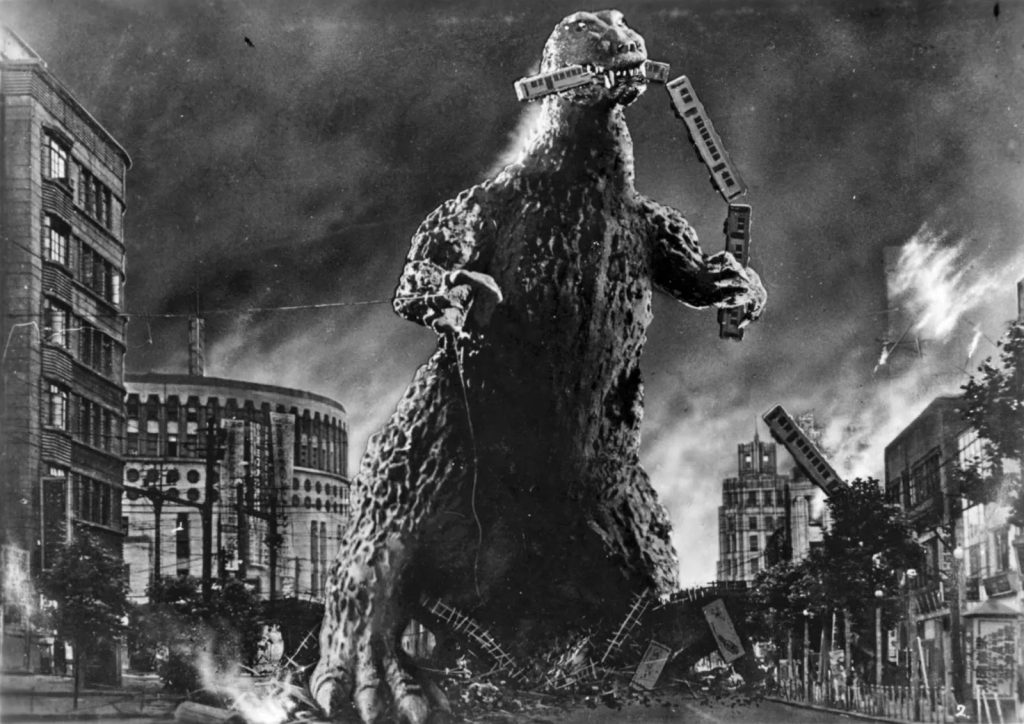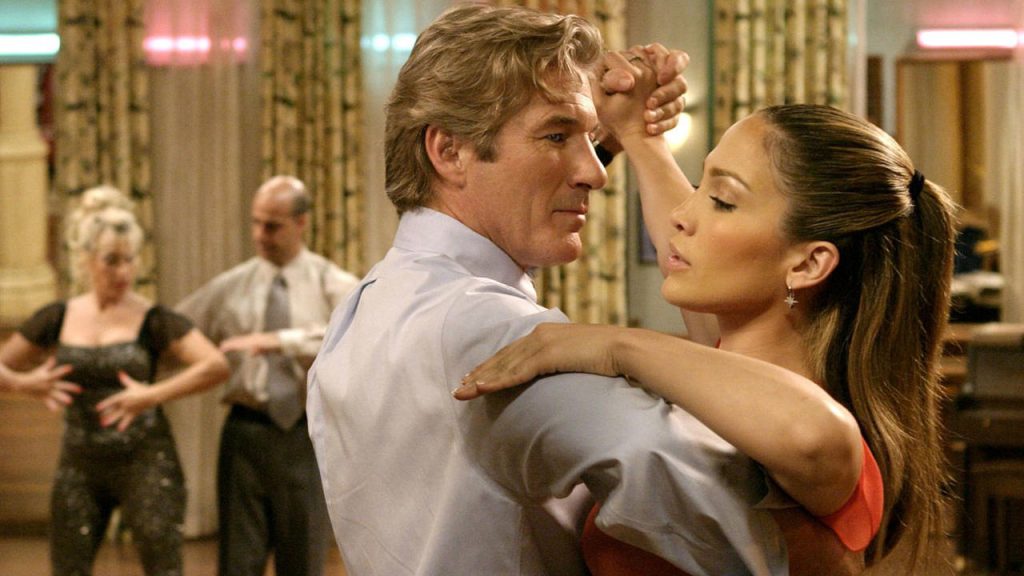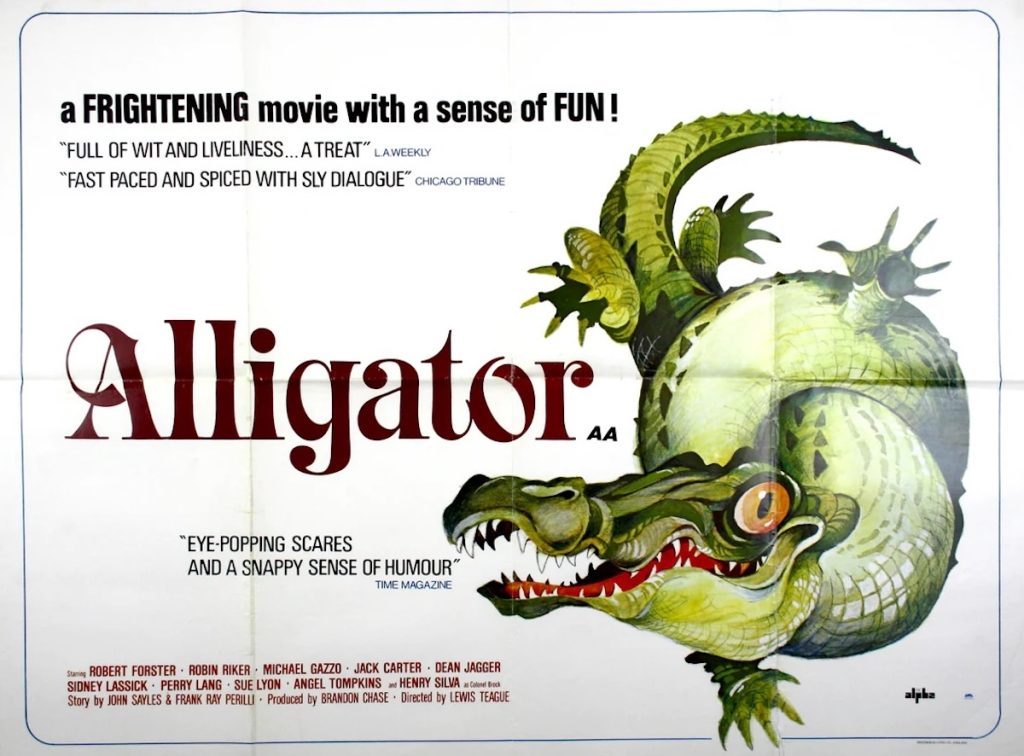In March, when Godzilla Minus One took home the Oscar for Best Visual Effects (which director Takashi Yamazaki shared with his crew), it followed in the booming footsteps of the original Godzilla, for which special effects director Eiji Tsuburaya received the Japanese Film Technique Award. While its premiere was on October 27, 1954, Godzilla went into general release in Japan on November 3, which is when National Godzilla Day is observed. As this year marks a major milestone – the Big G’s 70th – a bigger celebration than usual is warranted, including a 4K release by Criterion and the latest Godzilla Fest short, pitting Godzilla and Jet Jaguar (who teamed up last year to defeat Megalon) against King Ghidorah, which made its screen debut 60 years ago. It all started, however, with a lone Jurassic-age survivor dubbed the “monster of the century.”
Considering how iconic Godzilla has become over the past seven decades, first-time viewers of the Japanese Godzilla may be surprised by how much it plays like a mystery early on. (This is in contrast with the King of the Monsters cut prepared for US release in 1956, which begins in the aftermath of Godzilla’s attack on Tokyo, as Raymond Burr’s foreign correspondent narrates the story in flashback.) In both versions, the behemoth’s thundering footsteps and signature roar are the only sounds heard over the opening titles, and in the Japanese version, they’re the only evidence of its existence until giant footprints start appearing on Odo Island, where a few old-timers have passed down the legend of Godzilla.
As it happens, Odo Island is near the shipping lanes where a number of commercial vessels have gone down. The mystery of the capsized boats and their missing crews only takes up 20 minutes of screen time, but it is given extra weight by the casting of Takashi Shimura (erstwhile leader of Akira Kurosawa’s Seven Samurai, Toho’s second-most-expensive production of the year) as a paleontologist on the scene. It is during his investigation that Godzilla finally rears its head, causing Shimura’s team and the locals to flee in terror. In many ways, the shot of Godzilla peeking its head over the hill is the make-or-break moment. If it had provoked peals of laughter, the film would have been dead in the water and not led to a franchise 30 titles deep. Rather, it inspired awe and wonder, as did the destruction visited upon Tsuburaya’s highly detailed models, which set a high bar for all the rubber-suited monsters that followed in Godzilla’s wake – at home and abroad.

“I can’t believe that Godzilla was the last of its species. If nuclear testing continues, then someday, somewhere in the world, another Godzilla may appear.”
In light of the campy, kid-friendly turn the series took in the ’60s and ’70s, it’s notable how serious the tone of the first Godzilla is. With its offhand references to the atomic bombs dropped on Japan and a mother assuring her children that they’ll “be where Daddy is soon,” Godzilla pulls no punches (although King of the Monsters softened some of the blows). Starting with 1962’s King Kong vs. Godzilla, the monster’s look and characterization were changed to be more anthropomorphic (witness its victory dance in 1965’s Invasion of Astro-Monster) and even heroic. When audiences started to dwindle, though, director Ishiro Honda was brought back to helm the last film of the Showa era, 1975’s Terror of Mechagodzilla, one of many times Toho attempted to lay the giant beast to rest.
New blood was tapped for 1984’s Return of Godzilla, a mostly successful attempt to mirror the original’s depiction of Godzilla as a force of nature. As it progressed, the Heisei era Return inaugurated went off in its own direction, but it did return composer Akira Ifukube to the fold before his retirement. Then came the Millennium era, which ran from 1999 to 2004, when Godzilla: Final Wars brought the franchise to yet another close. (Two of the Millennium films also pointedly throw shade at the misbegotten American Godzilla from 1998, which is highly satisfying to those of us who had the misfortune to see it.)
No matter what era they hail from, the best Godzilla films are the ones that contrast the kaiju action with the plight of the civilian populations caught up in it. This facet was given a satirical edge by screenwriter Hideaki Anno when Toho answered Legendary’s 2014 remake (the start of its own ongoing franchise) with 2016’s Shin Godzilla, the first of two films (so far) in the Reiwa era. Thanks to Minus One’s critical and popular success, it’s doubtful we’ve heard Godzilla’s last roar.
“Godzilla” is streaming on the Criterion Channel with a bevy of supplements, and a number of other places without them.



